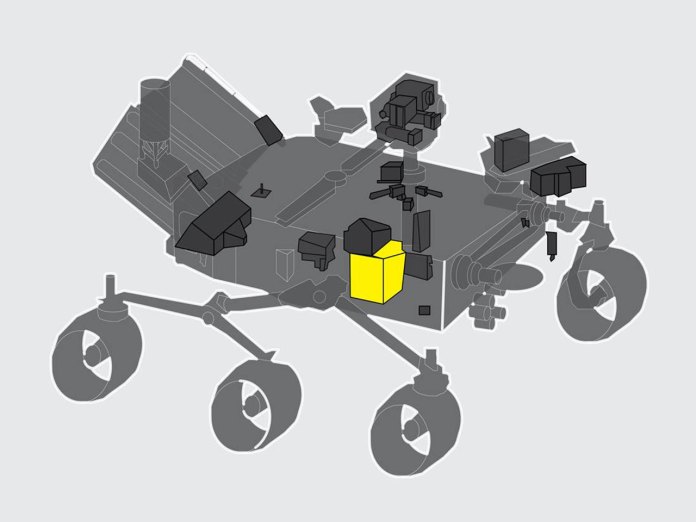NASA Starts Converting Carbon Dioxide to Oxygen On Mars
Posted by GUEST AUTHOR
By Ehmad Jaber
After successfully demonstrating a controlled (heavier than atmosphere) flight on Mars last Monday, NASA achieved another major stride on Wednesday whereby generating oxygen from Mars’ atmosphere which is rich with Carbon Dioxide gas.

The oxygen was produced by a toaster-sized unit installed in NASA’s Perseverance rover called MOXIE – Mars Oxygen In-Situ Resource Utilization Experiment, the six-wheeled robot’s one of seven devices.
ALSO READ
Pakistan Develops its First-ever RSW Fishing Boat
While the other devices measure Martian settings, MOXIE is a pure know-how demonstration.
Another huge first: converting CO2 into oxygen on Mars. Working off the land with what’s already here, my MOXIE instrument has shown it can be done!
Future explorers will need to generate oxygen for rocket fuel and for breathing on the Red Planet. https://t.co/9sjZT9KeOR
— NASA's Perseverance Mars Rover (@NASAPersevere) April 21, 2021
The Martian atmosphere comprises 96% carbon dioxide, and the instrument works by separating oxygen atoms from carbon dioxide (CO2) molecules, expelling carbon monoxide (CO) and O2. The conversion process generates a considerable amount of heat (approx. 800 degrees Celsius) There’s a special shielding installed inside the Perseverance Rover for protection against heat.
“MOXIE has more work to do, but the results from this technology demonstration are full of promise as we move toward our goal of one day seeing humans on Mars,” stated Jim Reuter, affiliate administrator for NASA’s mission directorate, which partnered with NASA’s human spaceflight division to develop MOXIE. “Oxygen isn’t just the stuff we breathe. Rocket propellant depends on oxygen, and future explorers will depend on producing propellant on Mars to make the trip home.”
The instrument produced 5.4g of oxygen over a course of 60 minutes, sufficient for an astronaut to breathe for about 10 minutes. Even though it looks sufficient at the moment, but as said, this was only a demonstration designed to ensure that the instrument survived the launch from Earth, which is nearly a 7-month journey in space.

After a 2-hour warm-up period, MOXIE began producing oxygen at a rate of 6 grams per hour. The rate was reduced two times during the run (labeled as “current sweeps”) in order to assess the status of the instrument. Credits: MIT Haystack Observatory
ALSO READ
Packages Ltd. Board of Directors Approve Local Starch Business
MOXIE is expected to extract oxygen at least nine more times over the course of a Martian year (nearly two years on Earth). The team behind MOXIE has scheduled the operation of the instrument in different modes and weather conditions on the Red Planet.

As per data available on NASA’s website, a rocket that is sufficient enough to launch astronauts off the floor of Mars would need about 15,000kg (7 metric tons) of gasoline and 55,000kg (25 metric tons) of oxygen.
If the performance of MOXIE remains as expected, a future human expedition to Mars might require a scaled-up oxygen unit that could produce 25 tons instead of transporting it from Earth – a far more economical and practical solution.
The post NASA Starts Converting Carbon Dioxide to Oxygen On Mars appeared first on .



